
Keywords: aedes-albopictus

|
Wolbachia interferes with Zika virus replication by hijacking cholesterol metabolism in mosquito cellsB. Edwards, E. A.-O. X. Ghedin and D. A.-O. Voronin, Microbiology Spectrum, 2023.
Zika virus is a member of the arbovirus Flaviviridae family transmitted by Aedes mosquitos and it is associated with microcephaly in infants born to infected mothers. Wolbachia is an intracellular gram-negative alpha-proteobacteria that infects many species of arthropods, ... Keywords: aedes-albopictus, dengue, genetic biocontrol, incompatible insect technique, mosquito, population suppression, sterile insect technique, wolbachia |
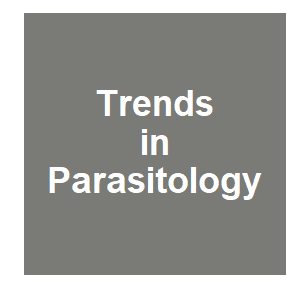
|
When less is more: accounting for overcompensation in mosquito SIT projectsJ. Bouyer, Trends in Parasitology, 2023.
Compensation and overcompensation under field conditions are confirmed in Aedes mosquitoes recently by Evans et al.: equal or increased densities of emerging adults may thus result from reduced larval densities. Here the consequences when applying the sterile insect technique and ... Keywords: aedes-albopictus, dengue, genetic biocontrol, incompatible insect technique, mosquito, population suppression, sterile insect technique, wolbachia |
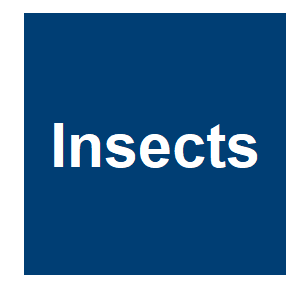
|
Survival-Larval Density Relationships in the Field and Their Implications for Control of Container-Dwelling Aedes MosquitoesK. G. Evans, Z. R. Neale, B. Holly, C. C. Canizela and S. A. Juliano, Insects, 14. 2022.
Population density can affect survival, growth, development time, and adult size and fecundity, which are collectively known as density-dependent effects. Container Aedes larvae often attain high densities in nature, and those densities may be reduced when larval control is ... Keywords: aedes-albopictus, dengue, genetic biocontrol, incompatible insect technique, mosquito, population suppression, sterile insect technique, wolbachia |

|
Optimization of Aedes albopictus (Diptera: Culicidae) Mass Rearing through Cost-Effective Larval FeedingM. Kavran, A. Puggioli, S. Šiljegović, D. Čanadžić, N. Laćarac, M. Rakita, A. Ignjatović Ćupina, F. Balestrino, D. Petrić and R. Bellini, Insects, 13. 2022.
Aedes (Stegomyia) albopictus (Skuse, 1895) is an invasive important medical and veterinary pest species. The sterile insect technique (SIT) involves the mass rearing of males, and their sterilization and release into the habitat to compete with wild males. Our research objective ... Keywords: aedes-albopictus, dengue, genetic biocontrol, incompatible insect technique, mosquito, population suppression, sterile insect technique, wolbachia |
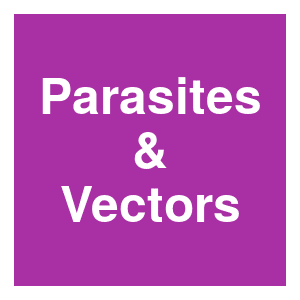
|
Integrated control of Aedes albopictus in Southwest Germany supported by the Sterile Insect TechniqueN. Becker, S. M. Langentepe-Kong, A. T. Rodriguez, T. T. Oo, D. Reichle, R. Luhken, J. Schmidt-Chanasit, P. Luthy, A. Puggioli and R. Bellini, Parasites and Vectors, 15:19. 2022.
Background: The invasive species Aedes albopictus, commonly known as the Asian tiger mosquito, has undergone extreme range expansion by means of steady introductions as blind passengers in vehicles traveling from the Mediterranean to south-west Germany. The more than 25 ... Keywords: aedes-albopictus, dengue, genetic biocontrol, incompatible insect technique, mosquito, population suppression, sterile insect technique, wolbachia |

|
Temporal Viability of Aedes aegypti and Aedes albopictus Eggs Using Two Hygroscopic Substances as Preservatives under a Sterile Insect Technique (SIT) Program in Southern MexicoE. N. Martínez-García, E. E. Díaz-González, C. F. Marina, J. G. Bond, J. J. Rodríguez-Rojas, G. Ponce-García, R. M. Sánchez-Casas and I. Fernández-Salas, Insects, 13. 2021.
Dengue and other Aedes-borne diseases have dramatically increased over the last decades. The Sterile Insect Technique (SIT) has been successfully used as part of integrated pest strategies to control populations of insect-plant and livestock pests and is currently being tested as ... Keywords: aedes-albopictus, dengue, genetic biocontrol, incompatible insect technique, mosquito, population suppression, sterile insect technique, wolbachia |

|
The Effects of Boric Acid Sugar Bait on Wolbachia Trans-Infected Male Aedes albopictus (ZAP Males®) in Laboratory ConditionsV. S. Aryaprema, W. A. Qualls, K. L. Dobson, S. L. Dobson and R.-D. Xue, Insects, 13. 2021.
The field release of Wolbachia trans-infected male mosquitoes, as well as the use of toxic sugar baits, is a novel and promising candidate technique for integrated mosquito management programs. However, the methods of action of the two techniques may not be complementary, because ... Keywords: aedes-albopictus, dengue, genetic biocontrol, incompatible insect technique, mosquito, population suppression, sterile insect technique, wolbachia |
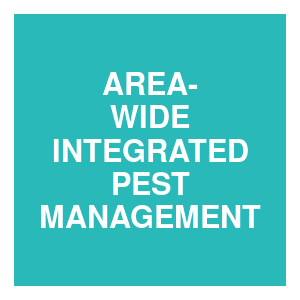
|
Combined sterile insect technique and incompatible insect technique: concept, study design, experience and lessons learned from a pilot suppression trial in ThailandKittayapong, P., AREA-WIDE INTEGRATED PEST MANAGEMENT: Development and Field Application, 2021.
Climate change, rapid global transport and land use change leading to urbanization and agricultural intensification have facilitated disease emergence in vulnerable regions like Southeast Asia, and also the global expansion of vectors and vector-borne diseases into other regions ... Keywords: aedes-albopictus, dengue, genetic biocontrol, incompatible insect technique, mosquito, population suppression, sterile insect technique, wolbachia |

|
The Possible Role of Microorganisms in Mosquito Mass RearingL. Chersoni, A. Checcucci, M. Malfacini, A. Puggioli, F. Balestrino, M. Carrieri, I. Piunti, M. L. Dindo, P. Mattarelli and R. Bellini, Insects, 12. 2021.
In Europe, one of the most significant mosquitoes of public health importance is Aedes albopictus (Skuse), an allochthonous species of Asian origin. One of the most promising control methods against Aedes albopictus is the sterile insect technique (SIT), which consists of mass ... Keywords: aedes-albopictus, dengue, genetic biocontrol, incompatible insect technique, mosquito, population suppression, sterile insect technique, wolbachia |
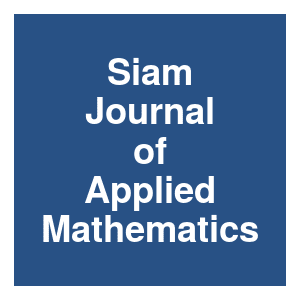
|
Modeling and analysis of the implementation of the Wolbachia incompatible and sterile insect technique for mosquito population suppression.B. Zheng, J. S. Yu and J. Li, Siam Journal on Applied Mathematics, 81:718-740. 2021.
Mathematical analysis may offer guidance in designing effective mass release strategies for the area-wide application of this Wolbachia incompatible and sterile insect technique in the future. The two most crucial concerns in designing release strategies are how often and in what ... Keywords: aedes-albopictus, dengue, genetic biocontrol, incompatible insect technique, mosquito, population suppression, sterile insect technique, wolbachia |
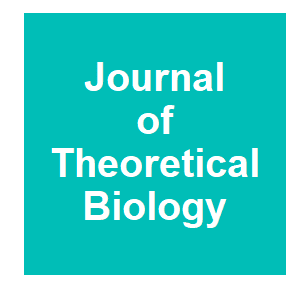
|
Ecological effects on underdominance threshold drives for vector controlD. Khamis, C. El Mouden, K. Kura and M. B. Bonsall, Journal of Theoretical Biology, 456:1-15. 2018.
Here, ecological and epidemiological dynamics are coupled to a model of mosquito genetics to investigate theoretically the impact of different types of underdominance gene drive on disease prevalence. We model systems with two engineered alleles carried either on the same pair ... Keywords: aedes-albopictus, dengue, genetic biocontrol, incompatible insect technique, mosquito, population suppression, sterile insect technique, wolbachia |

Contact
David O’Brochta
Foundation for the
National Institutes of Health
geneconvenevi@fnih.org
RSS

